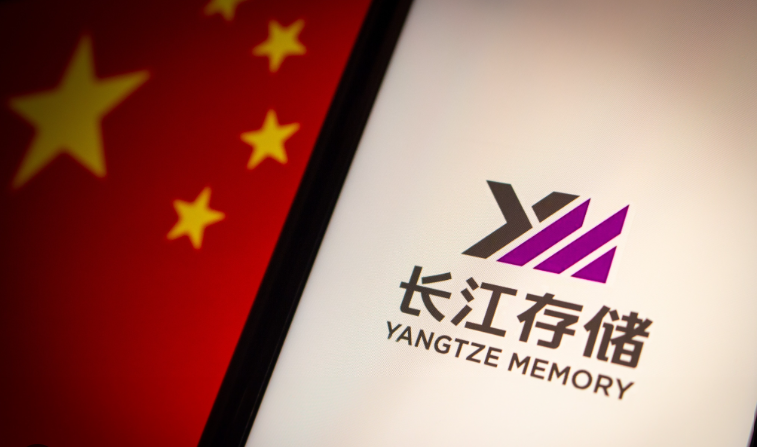In a remarkable and unexpected leap in technology, China’s Yangtze Memory Technologies Co (YMTC) has emerged as a pioneer in the global semiconductor industry by creating what’s being hailed as the “world’s most advanced” 3D NAND memory chip. This monumental achievement comes as a pleasant surprise, considering the challenges faced by YMTC due to sanctions and its placement on the US Commerce Department’s Entity List.
The revelation of this groundbreaking memory chip, discreetly incorporated into a solid-state drive quietly launched in July, demonstrates that YMTC continues to push the boundaries of technology, defying the restrictions imposed upon it. This development was disclosed in a report by the semiconductor analysis firm TechInsights, further showcasing China’s determination to overcome trade limitations and establish a self-reliant semiconductor supply chain.
TechInsights had previously conducted a teardown analysis of the Kirin 9000S 5G processor found in Huawei Technologies’ Mate 60 Pro smartphone, a device from a company blacklisted by the United States. The processor was attributed to Chinese foundry Semiconductor Manufacturing International Corp (SMIC), a significant accomplishment given the formidable US restrictions in place. This revelation, much like YMTC’s 3D NAND memory chip, underscores China’s impressive progress in surmounting trade restrictions and bolstering its domestic semiconductor industry.
3D NAND memory technology is at the forefront of memory chip design, playing a pivotal role in high-performance computing applications, such as artificial intelligence and machine learning.
YMTC and 21 other major players in China’s chip sector were added to the US Entity List in December 2022, amid escalating trade tensions and geopolitical disputes between the two global economic giants. At that time, YMTC was on the verge of challenging established memory chip leaders like Samsung Electronics, SK Hynix, and Micron Technology with its flagship 3D NAND flash chip, the 232-layer X3-9070. Prospects for mass production of this chip appeared bleak when US equipment suppliers KLA and Lam Research ceased sales and services to YMTC.
Nevertheless, a recent downturn in the memory chip market and a renewed emphasis on cost-saving measures within the industry may have provided YMTC with the opening it needed to forge ahead with a more advanced, higher-bit density chip, according to TechInsights.
YMTC’s progress in memory chip advancement became known in April, with unnamed sources indicating that the company had intensified its collaboration with Chinese suppliers to manufacture its most advanced chips. This endeavor centered on YMTC’s “Xtacking 3.0” architecture and was carried out in a top-secret project known as Wudangshan. Sources revealed that the project’s aim was to exclusively use Chinese equipment and that YMTC had placed substantial orders with domestic equipment suppliers, including Beijing-based Naura Technology Group, a leading Chinese manufacturer of etching tools – the primary product line of US-based Lam Research.
However, several challenges persisted within China’s chip manufacturing supply chain, such as the absence of viable domestic alternatives for crucial chip-making tools, including lithography systems offered by Dutch company ASML Holding, which has a near-monopoly on extreme ultraviolet (EUV) lithography machines.
TechInsights did not comment on whether YMTC’s memory chips were produced using exclusively Chinese-manufactured tools and components. On the other hand, a Bloomberg report cited unnamed sources claiming that SMIC had repurposed equipment from ASML, specifically its deep ultraviolet (DUV) lithography systems, to manufacture the advanced processor used in the Huawei smartphone. While the DUV process can be costlier when produced at scale compared to more advanced EUV lithography systems, ASML has been prohibited from selling the latter to China since 2019. Furthermore, even stricter restrictions on ASML’s sales to China are anticipated from January 2024.
While recent chip breakthroughs in China have generated considerable excitement about the country’s progress in developing home-grown advanced chips, some experts remain cautious, emphasizing that Chinese firms still lag behind in producing the lithography systems essential for substantial advancement in the field. Despite these challenges, YMTC’s remarkable achievement with its 3D NAND memory chip stands as a testament to China’s growing prowess in the global semiconductor industry, marking a significant milestone in its quest for technological self-reliance.
(Source: TechInsights | Dylan Butts | Che Pan | SCMP)









